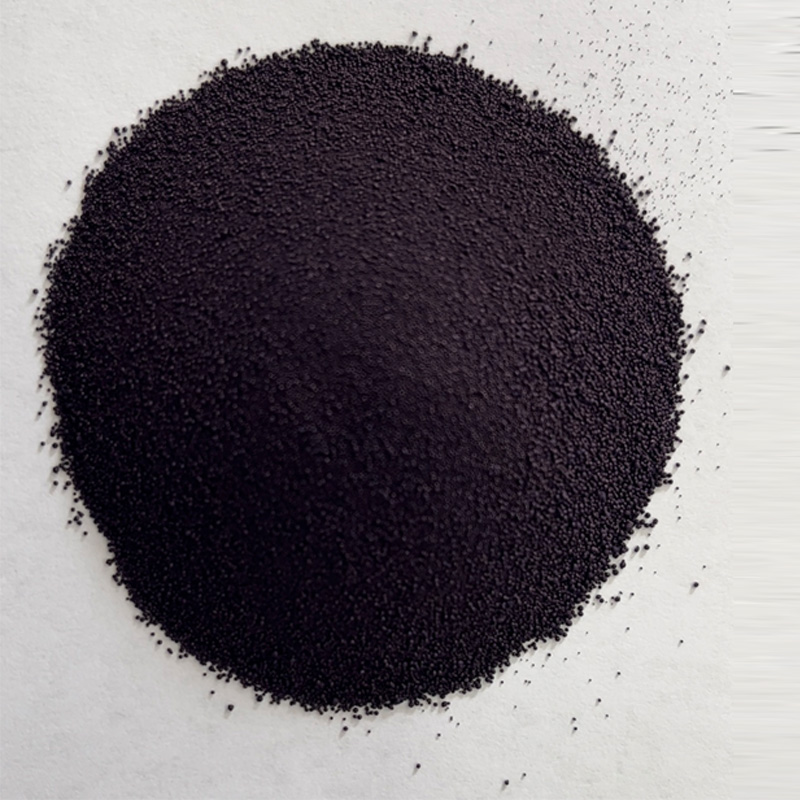best making indigo
The Best Methods for Making Indigo
Indigo, a vibrant blue dye that has been treasured for centuries, has an enchanting history and a significant role in textile traditions. While synthetic indigo is widely available today, many artisans and enthusiasts still seek to create indigo dye from natural sources. This article explores the best methods for making indigo, celebrating its cultural heritage while providing practical steps for modern crafters.
Understanding Indigo
Indigo dye is derived from plants that contain indican, a compound that can be converted into indigo through fermentation and processing. The most commonly used plant for natural indigo dye is *Indigofera tinctoria*, although other plants such as woad and Japanese indigo (*Persicaria tinctoria*) can also be employed. Natural indigo creation is a skill that combines art with science, making it both rewarding and complex.
Harvesting and Preparing the Leaves
The first step in making indigo dye is harvesting the leaves from indigo plants. It’s essential to harvest them at the right time — when they are young and vibrant. Typically, the best period for harvest is just before the flowers appear when the leaf’s chlorophyll content is high. Once harvested, the leaves need to be prepared for the dyeing process.
To begin, rinse the leaves to remove any dirt or impurities. Next, they should be either mashed or ground to release the indican. This can be done using a mortar and pestle or a food processor. Once the leaves are adequately crushed, you’re ready to move to the fermentation stage.
Fermentation Process
The fermentation of indigo is a crucial part of the dye-making process. Transfer the crushed leaves into a container and add water, ensuring the mixture is well integrated. The environment should be kept warm and anaerobic, which can be achieved by covering the mixture with a cloth or lid. Over a few days, the leaves will begin to ferment. You’ll notice a color change in the liquid, which will transition from green to a yellowish hue before eventually turning blue.
best making indigo

To facilitate fermentation, it’s helpful to agitate the mixture daily. The process usually takes about 5 to 14 days, depending on the specific conditions, including temperature and leaf quality. The mixture will develop a distinct smell, signaling that the fermentation is progressing.
Precipitation and Separation
After fermentation, the next step is to separate the indigo dye from the liquid. Gently pour the mixture through a fine mesh or cloth to filter out the leaf debris, catching the liquid dye. The remaining liquid, which is rich in pigment, is then set aside.
To precipitate the indigo, the filtered liquid must be agitated and allowed to oxidize. This can be done by beating the liquid to introduce air. As the indigo oxidizes, it will settle at the bottom of the container as a blue precipitate. This process usually takes a few hours.
Drying and Storing Indigo
Once the indigo has settled, carefully pour off the excess liquid, which can be reserved for further dyeing tasks, as it may contain additional dye. The remaining indigo paste should then be collected and shaped into a cake or ball. Allow it to dry completely in a shaded area.
After drying, the indigo can be stored in an airtight container to preserve its color and prevent degradation. When ready to use, artisans can dissolve the indigo in water to create a dyebath or mix it with other natural ingredients to enhance its properties.
Conclusion
Creating your indigo dye can be a deeply satisfying experience, connecting you with the traditions of artisans who have come before. By following these steps — from harvesting indigo leaves to the drying process — you can embark on your journey in the world of natural dyes. Not only will you gain hands-on skills in dye-making, but you’ll also appreciate the artistry and cultural significance of indigo throughout history. Embrace the vibrant spirit of indigo, and let it inspire your creative endeavors!
-
The Timeless Art of Denim Indigo Dye
NewsJul.01,2025
-
The Rise of Sulfur Dyed Denim
NewsJul.01,2025
-
The Rich Revival of the Best Indigo Dye
NewsJul.01,2025
-
The Enduring Strength of Sulphur Black
NewsJul.01,2025
-
The Ancient Art of Chinese Indigo Dye
NewsJul.01,2025
-
Industry Power of Indigo
NewsJul.01,2025
-
Black Sulfur is Leading the Next Wave
NewsJul.01,2025

Sulphur Black
1.Name: sulphur black; Sulfur Black; Sulphur Black 1;
2.Structure formula:
3.Molecule formula: C6H4N2O5
4.CAS No.: 1326-82-5
5.HS code: 32041911
6.Product specification:Appearance:black phosphorus flakes; black liquid

Bromo Indigo; Vat Bromo-Indigo; C.I.Vat Blue 5
1.Name: Bromo indigo; Vat bromo-indigo; C.I.Vat blue 5;
2.Structure formula:
3.Molecule formula: C16H6Br4N2O2
4.CAS No.: 2475-31-2
5.HS code: 3204151000 6.Major usage and instruction: Be mainly used to dye cotton fabrics.

Indigo Blue Vat Blue
1.Name: indigo blue,vat blue 1,
2.Structure formula:
3.Molecule formula: C16H10N2O2
4.. CAS No.: 482-89-3
5.Molecule weight: 262.62
6.HS code: 3204151000
7.Major usage and instruction: Be mainly used to dye cotton fabrics.

